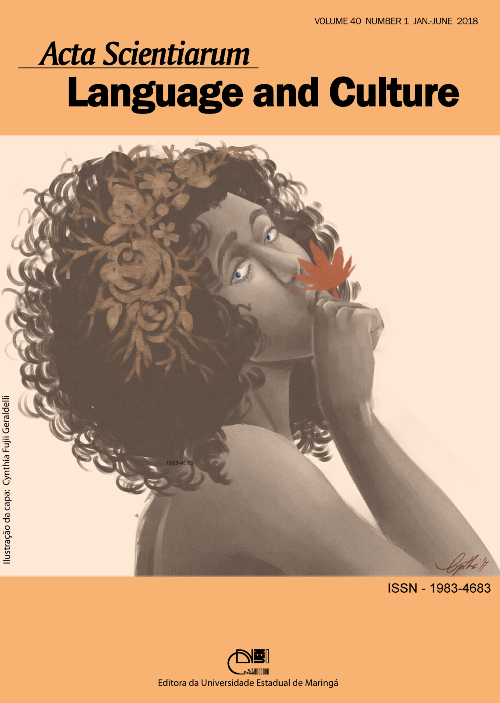<b>O Dante Alighieri de Antonio Gramsci: um realismo sem mimese
Resumo
Antonio Gramsci constrói nos Cadernos do cárcere uma leitura ‘anticroceana’ do Canto X do Inferno de Dante Alighieri. É uma interpretação baseada na concepção da lacuna textual – manifestada pelo silêncio de Dante frente a Cavalcante de’ Cavalcanti, um dos protagonistas do canto dantesco – como uma estratégia de natureza cultural e, ao mesmo tempo, de valor tanto político quanto social; ou seja, a poesia não é reduzida ao ‘poético’. Gramsci, de fato, recusa a visão da literatura como algo esterilmente ‘superestrutural’. Ler o Canto X, ao contrário, significa entender a poesia dantesca não como uma mimese ou uma representação, mas como a própria realidade imanente: parte de uma totalidade orgânica, na qual cada elemento – e, portanto, um elemento cultural como uma obra literária – constitui uma articulação do conjunto. O presente estudo pretende indicar, no tipo de exegese gramsciana do Canto X, uma tentativa de encontrar nas lacunas textuais não a manifestação, como acreditava Benedetto Croce (1921), da dimensão inefável e pré-lógica da intuição, mas os pressupostos para que o leitor exerça um papel ativo e criativo: racional, de articulação ideológica e de conexão entre o nível cultural, político e econômico da sociedade entendida como um todo.
Downloads
DECLARAÇÃO DE ORIGINALIDADE E DIREITOS AUTORAIS
Declaro que o presente artigo é original, não tendo sido submetido à publicação em qualquer outro periódico nacional ou internacional, quer seja em parte ou em sua totalidade.
Os direitos autorais pertencem exclusivamente aos autores. Os direitos de licenciamento utilizados pelo periódico é a licença Creative Commons Attribution 4.0 (CC BY 4.0): são permitidos o acompartilhamento (cópia e distribuição do material em qualqer meio ou formato) e adaptação (remix, transformação e criação de material a partir do conteúdo assim licenciado para quaisquer fins, inclusive comerciais.
Recomenda-se a leitura desse link para maiores informações sobre o tema: fornecimento de créditos e referências de forma correta, entre outros detalhes cruciais para uso adequado do material licenciado.




















6.png)









